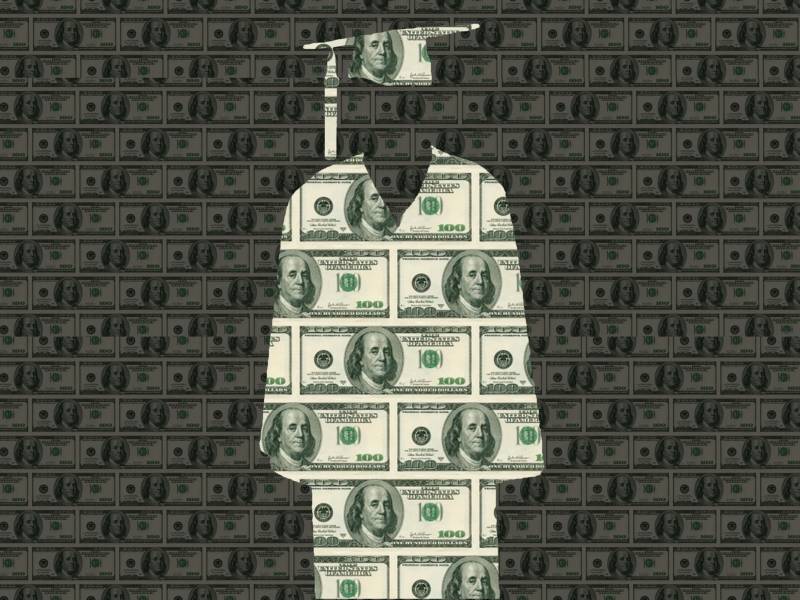The SAVE program does not deliver debt forgiveness in one fell swoop, as the administration initially sought to do. But millions of borrowers — including those with higher incomes — will see some of their debt forgiven under this plan.
The program will calculate monthly payments based on the borrower’s income and family size. The administration estimates that under SAVE more than a million borrowers will qualify for $0 monthly payments, while the average borrower will save about $1,000 a year. The new plan also seeks to prevent interest from exploding.
“The nightmare of making payments and watching your loan balance get bigger and bigger will finally be over,” Cardona says.
Under the SAVE plan, as long as borrowers make their monthly payments, interest will not accumulate. With previous plans, borrowers with low or $0 payments — too low to cover their monthly interest charge — saw that interest accrue. Now, the government says, that won’t happen.
The department says that under the old plan, borrowers repaid, on average, $10,956 for every $10,000 they borrowed. Under the new plan, they would pay back just $6,121.
“This is a big new loan forgiveness policy, particularly for undergraduates,” says Jason Delisle, who studies higher education at the Urban Institute.
In a January review of the SAVE plan, Delisle and his colleagues found that, for bachelor’s degree recipients, “the share fully paying off their loans would fall from 59% under current [income-driven repayment] to 22%.”
Who qualifies?
Borrowers with federally held loans including direct subsidized, unsubsidized and consolidated loans qualify for SAVE.

9(MDAxOTAwOTE4MDEyMTkxMDAzNjczZDljZA004))